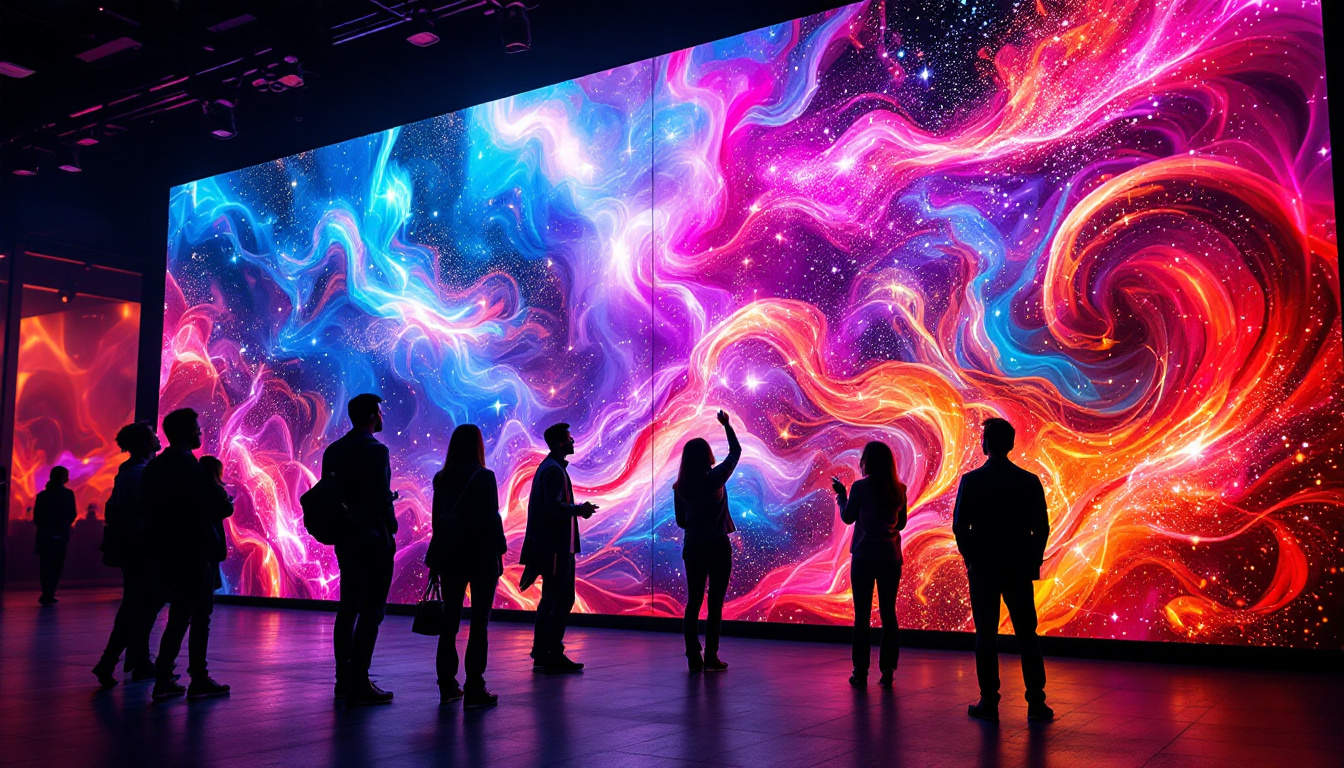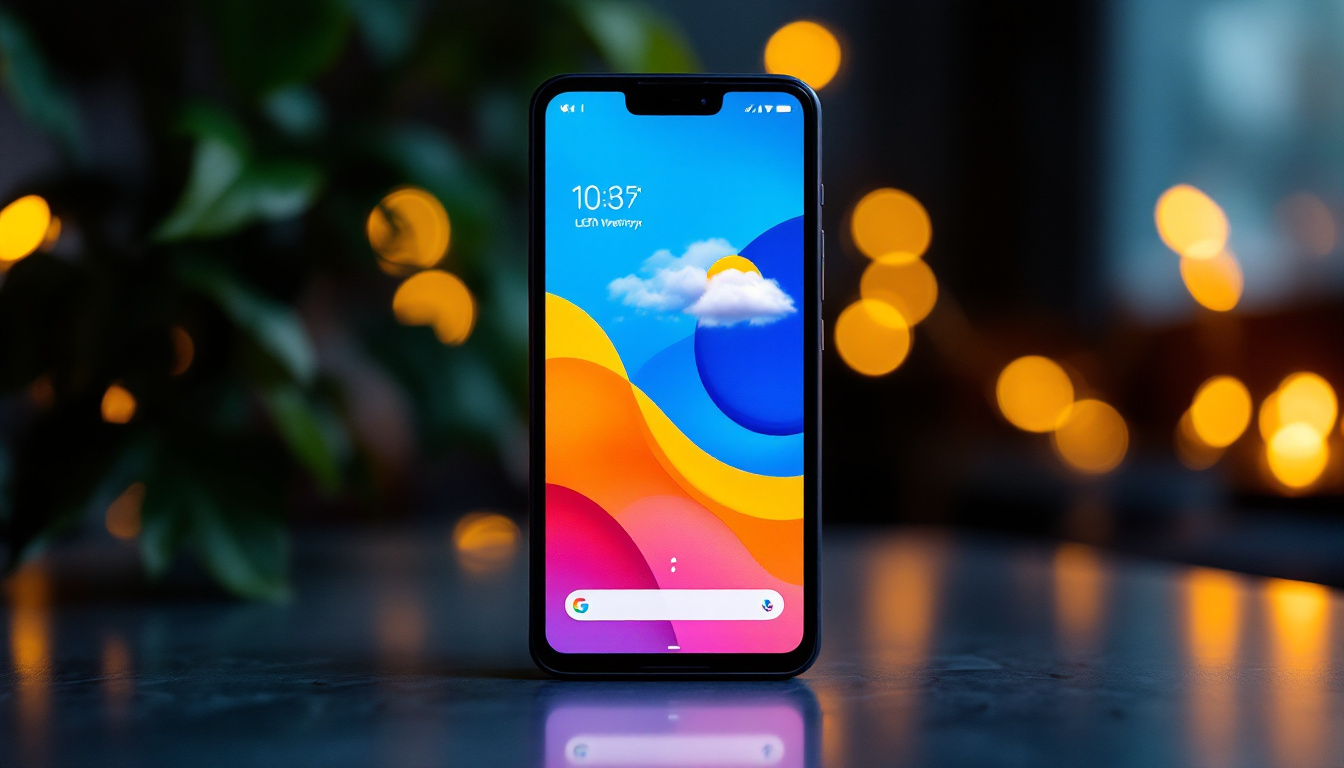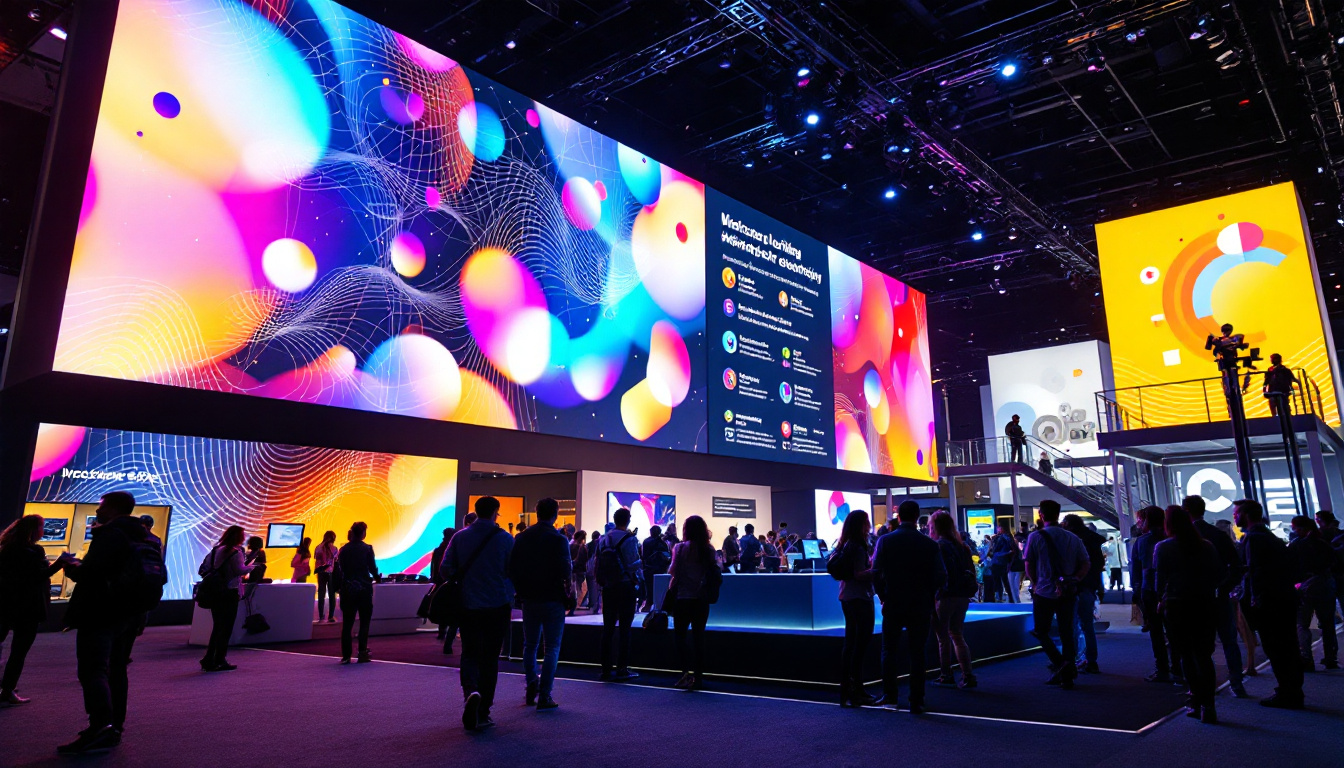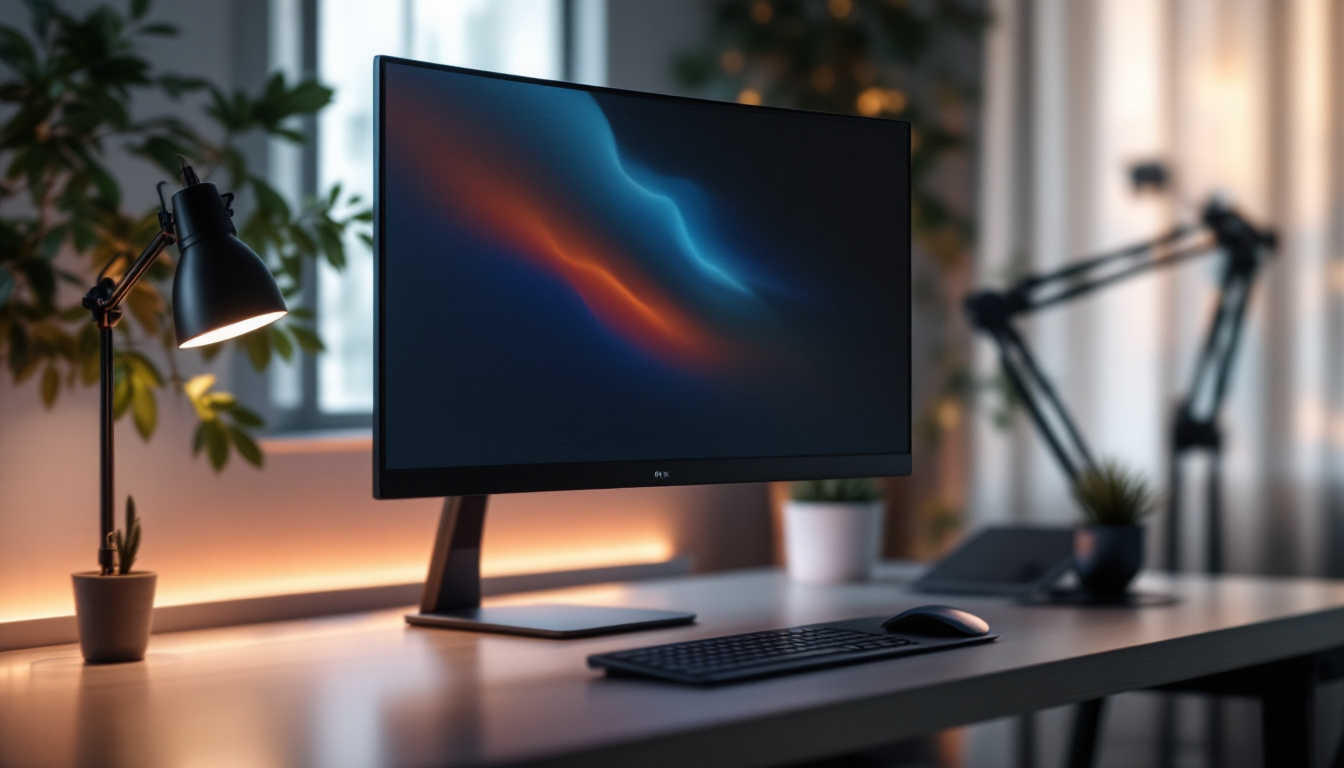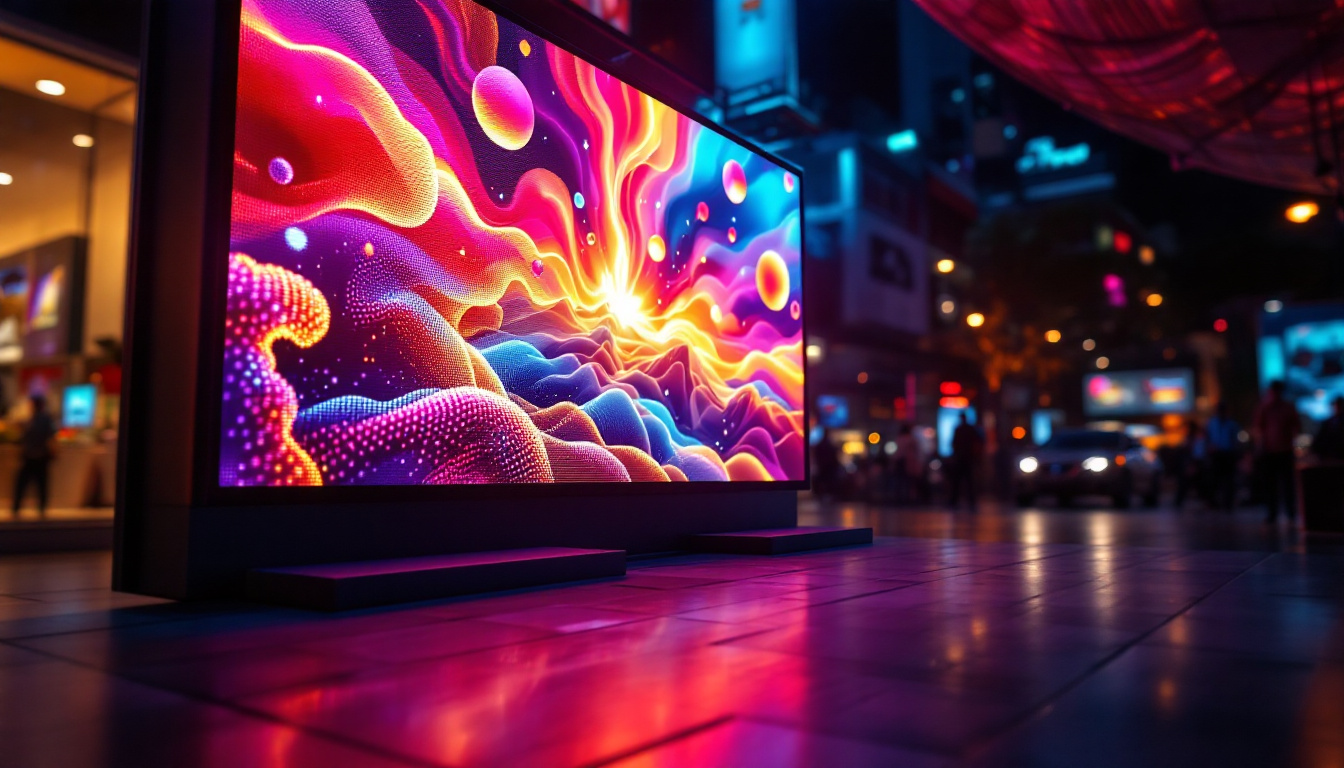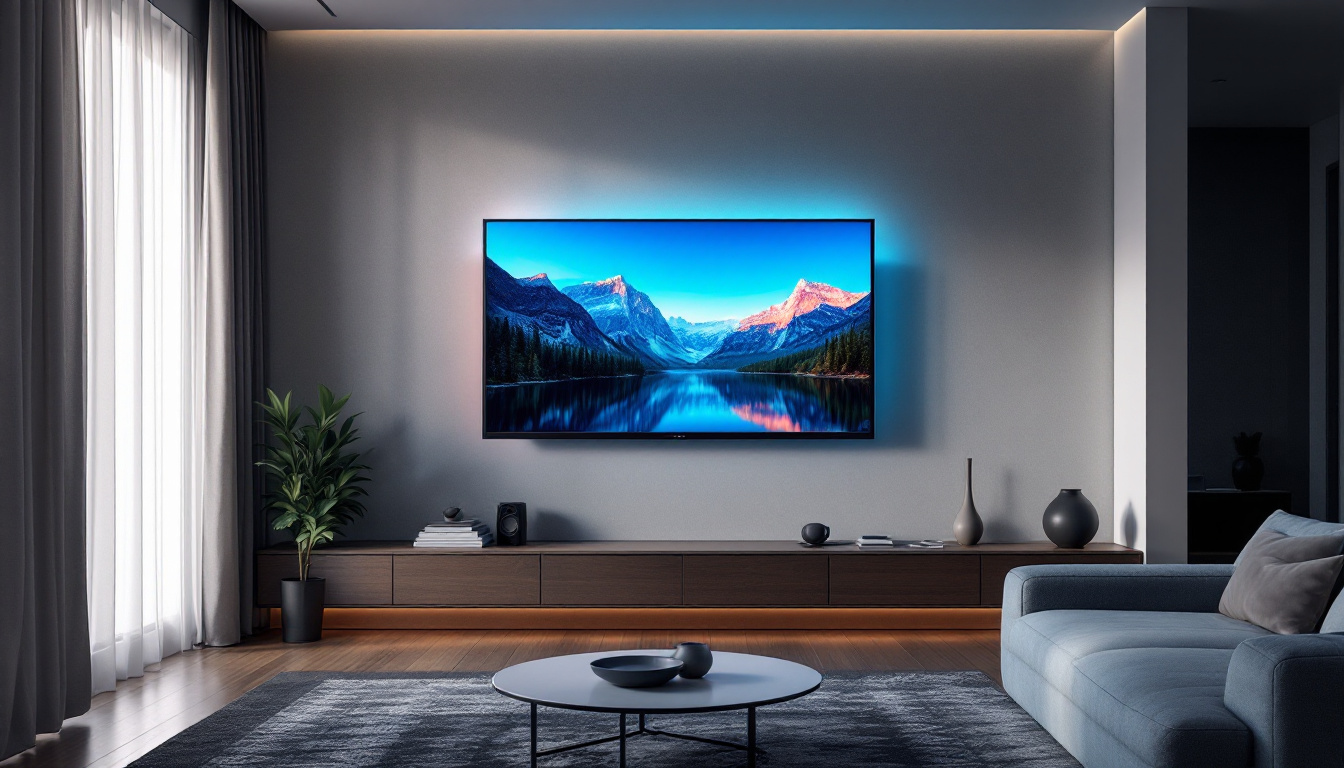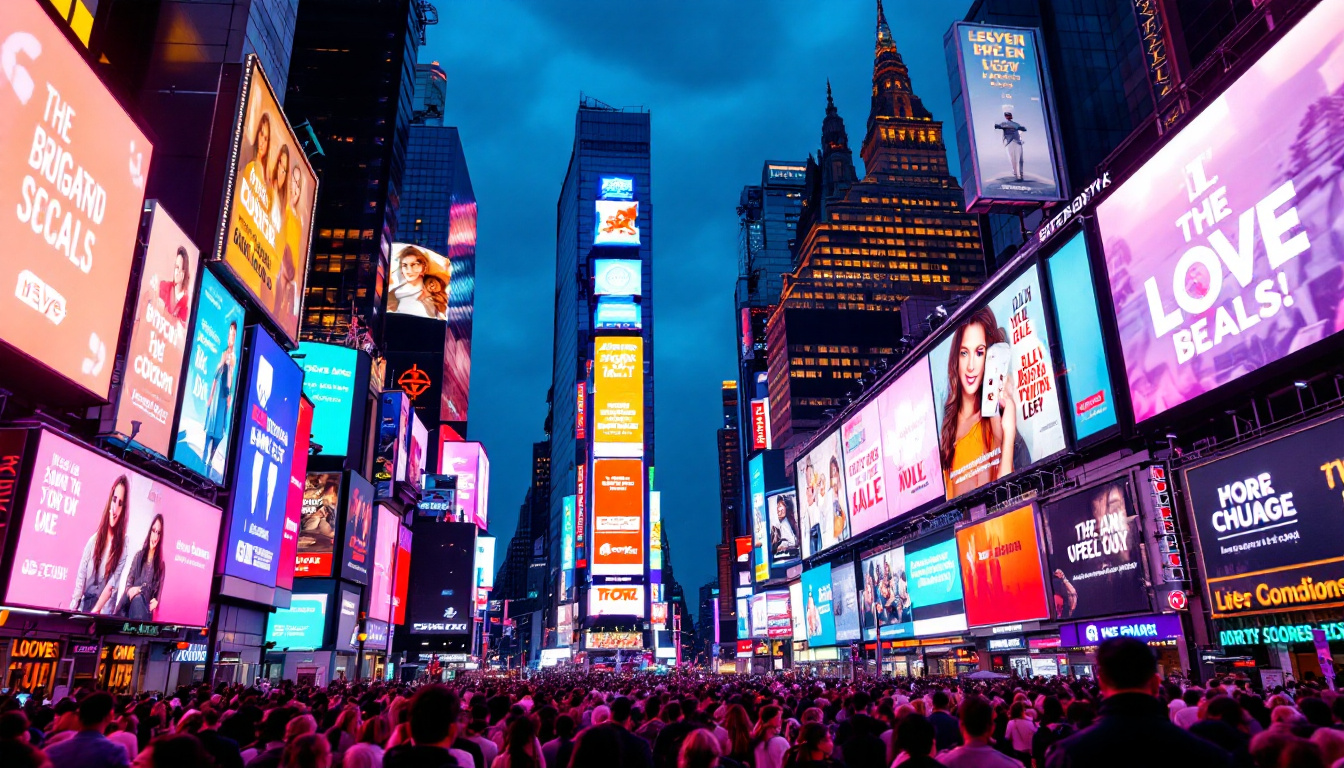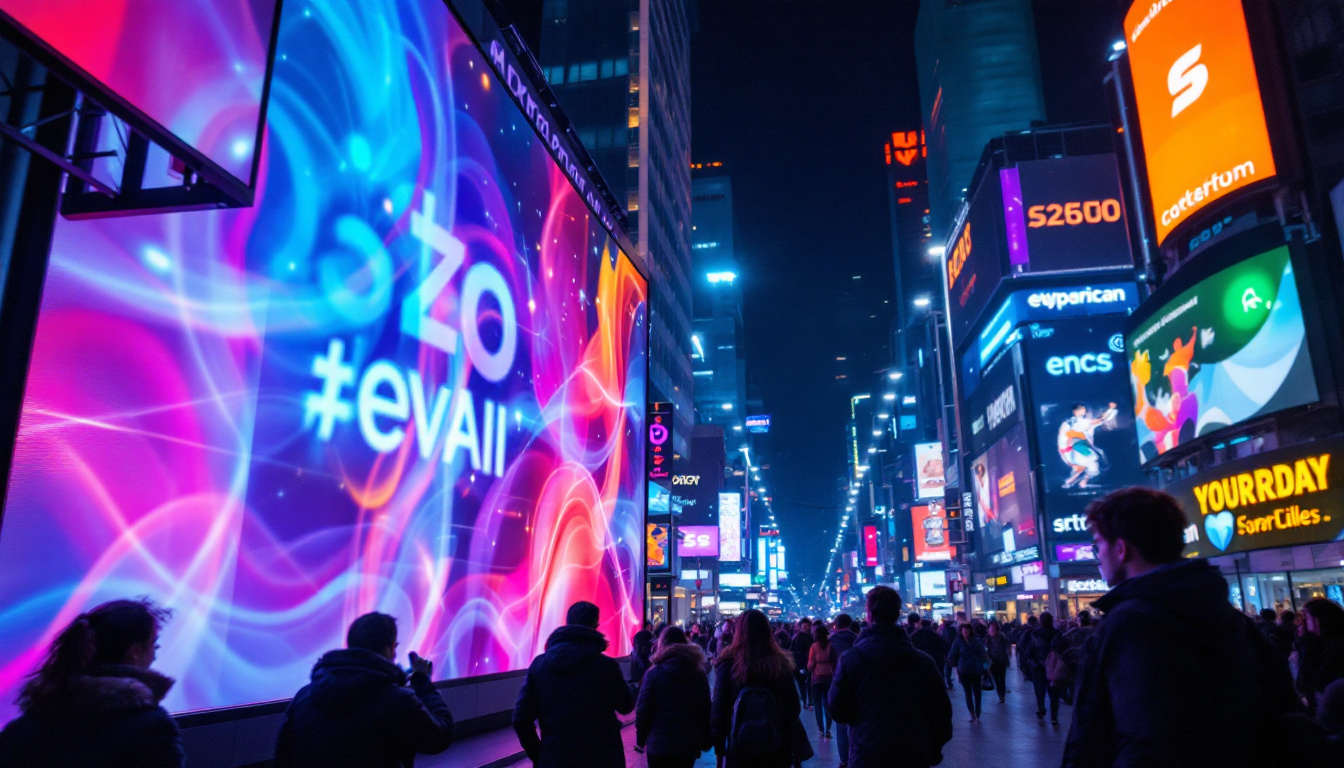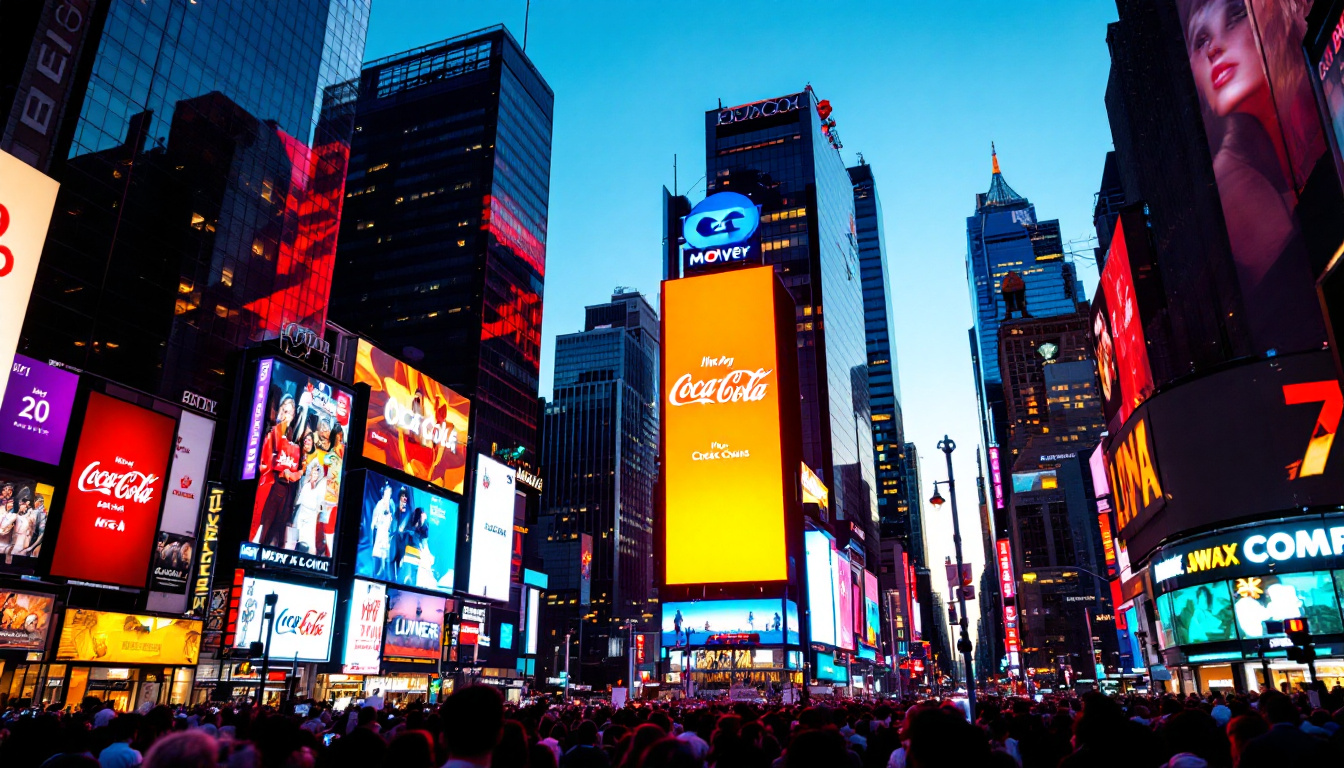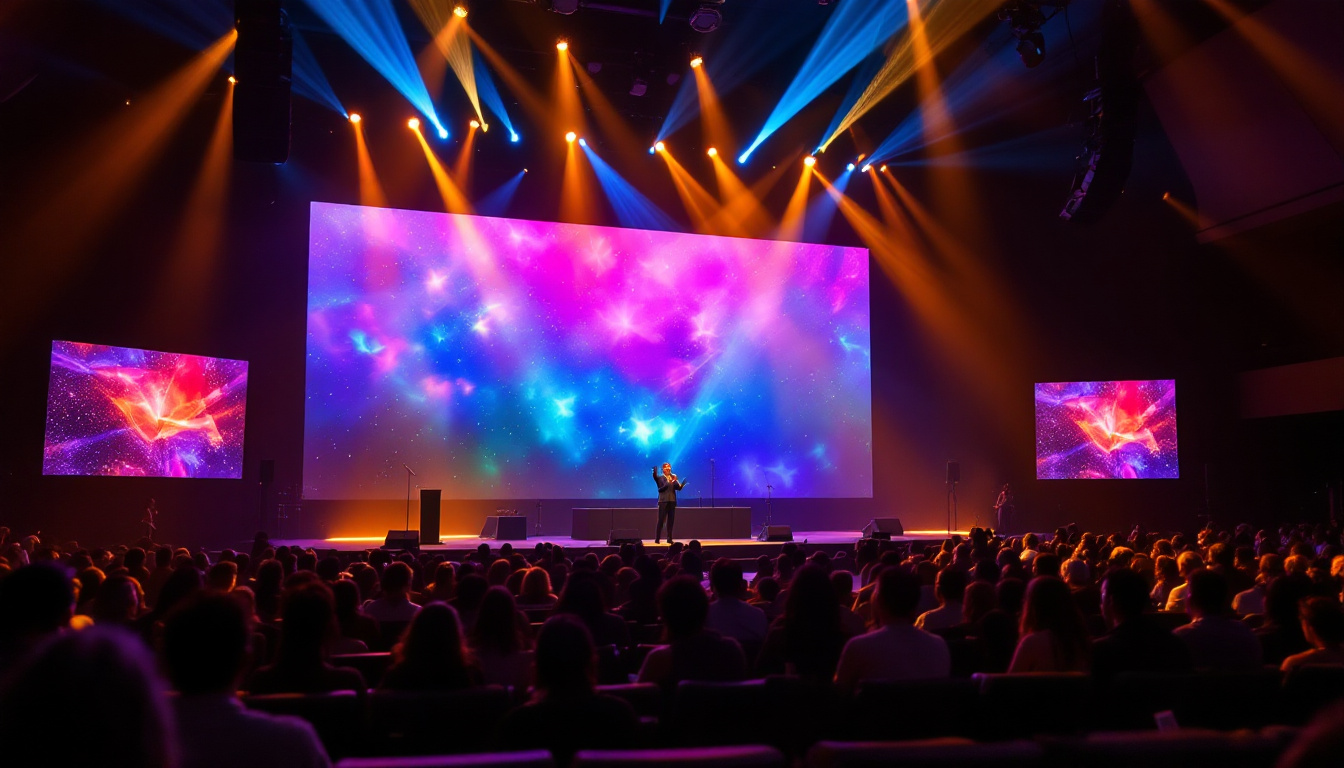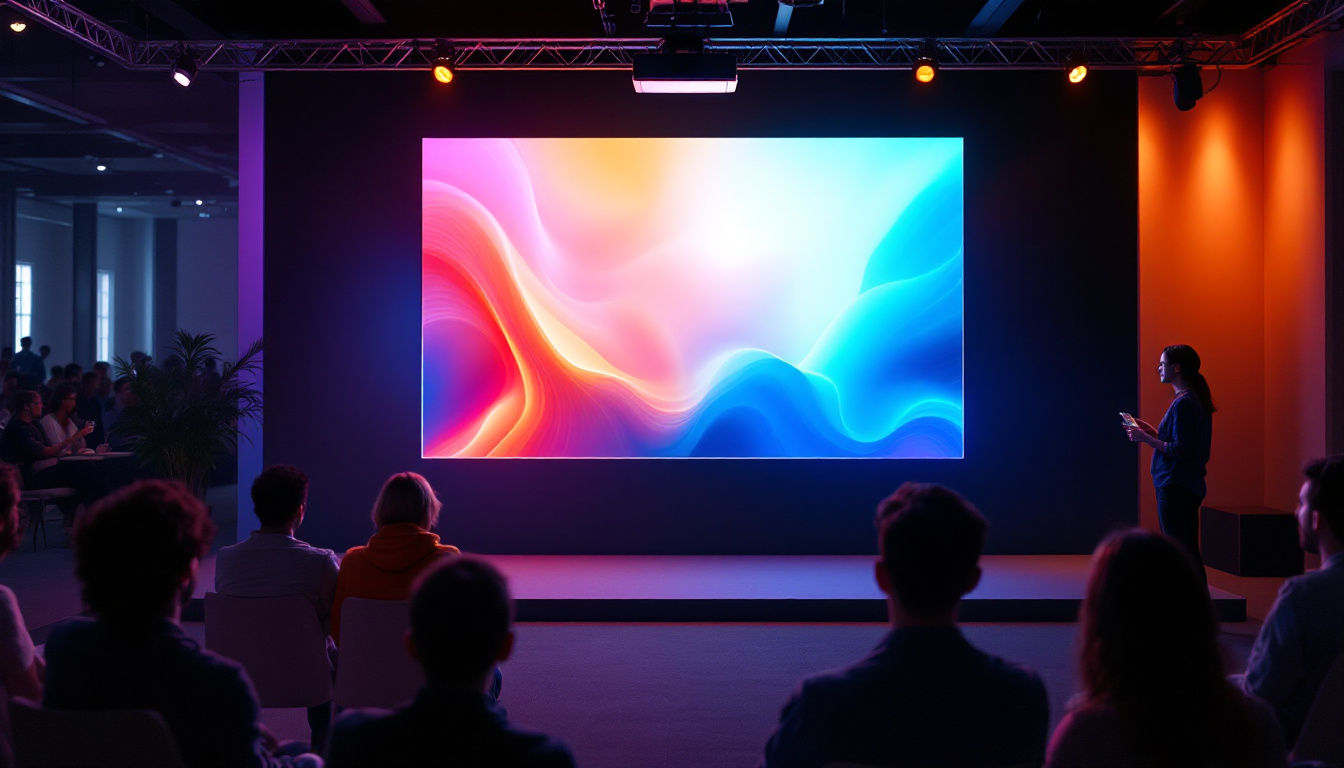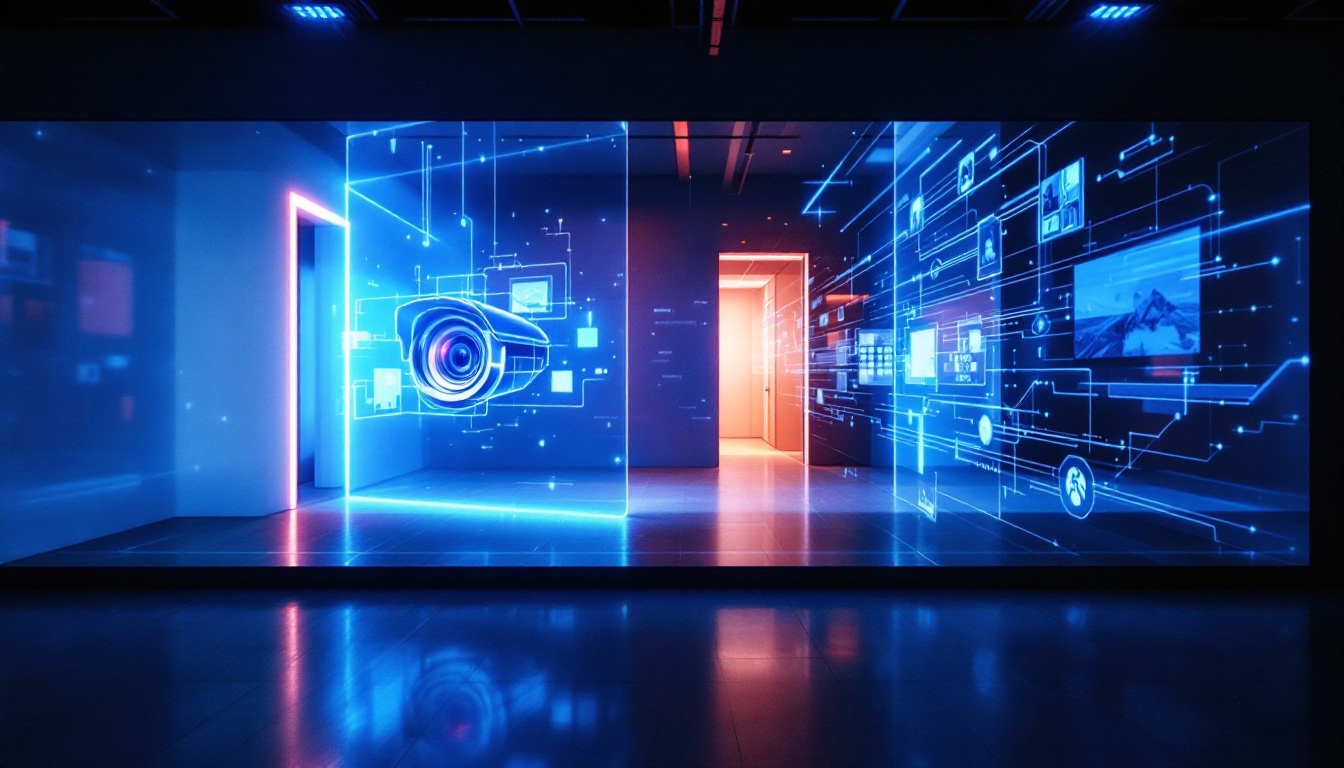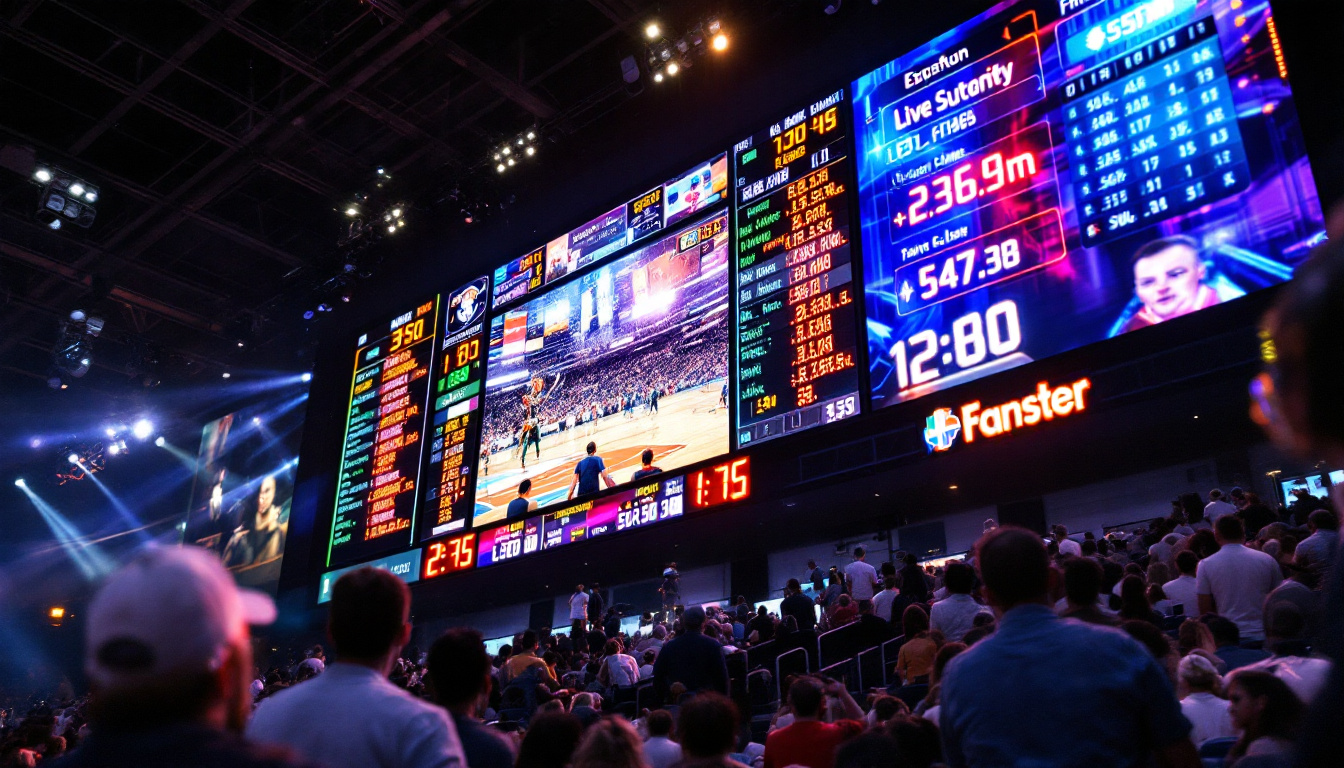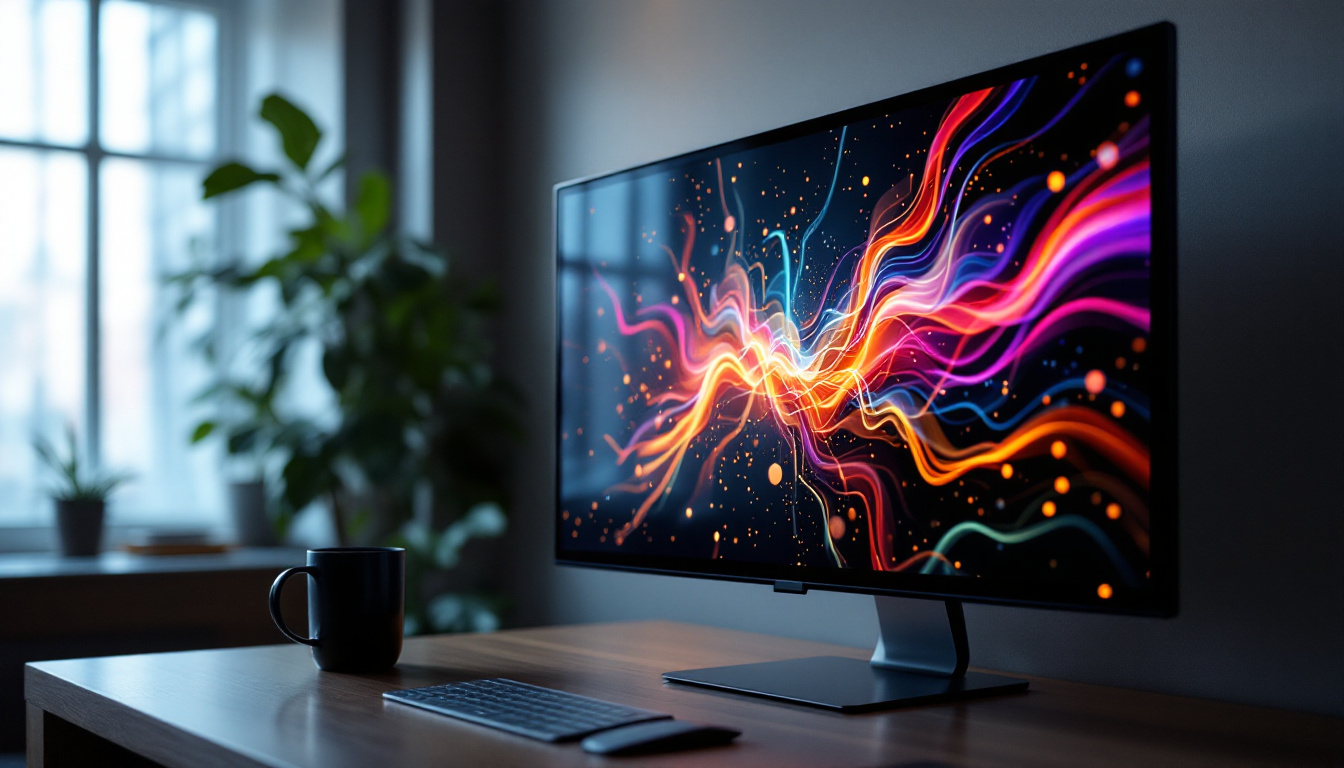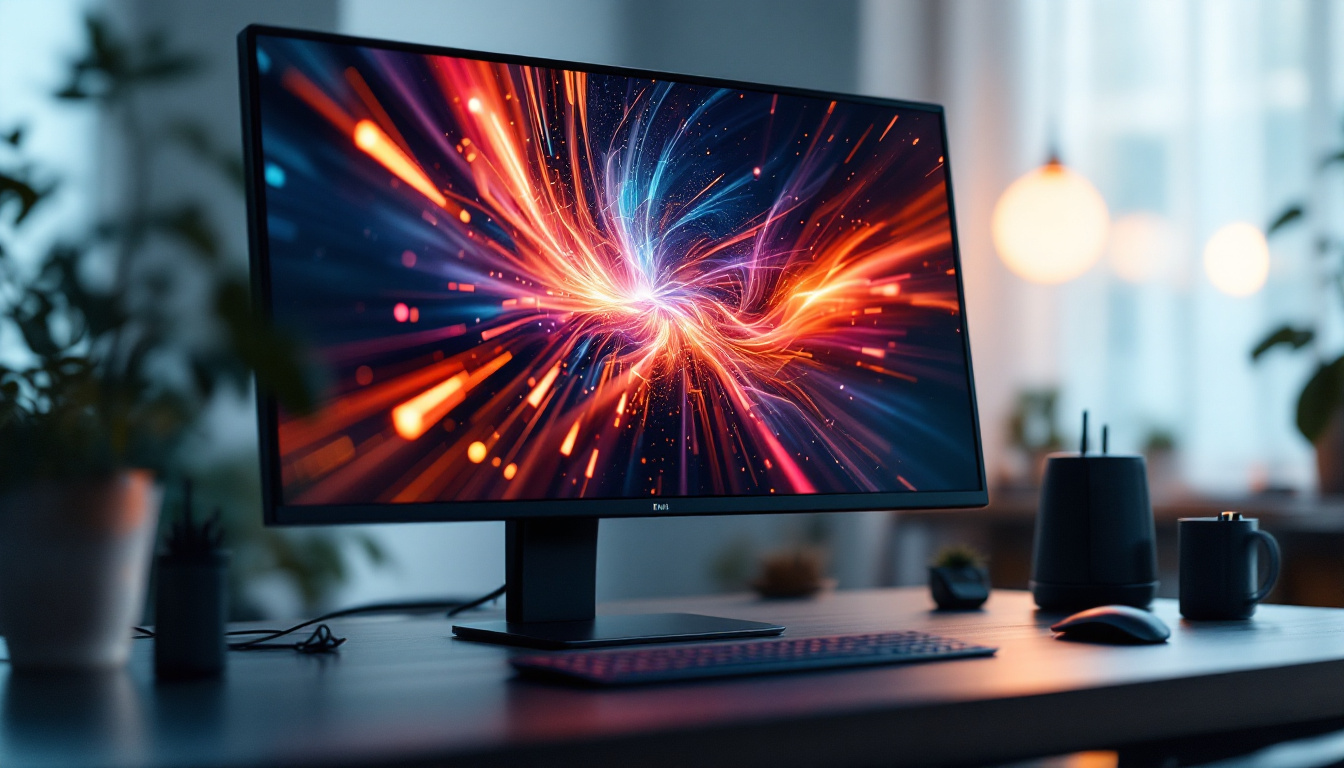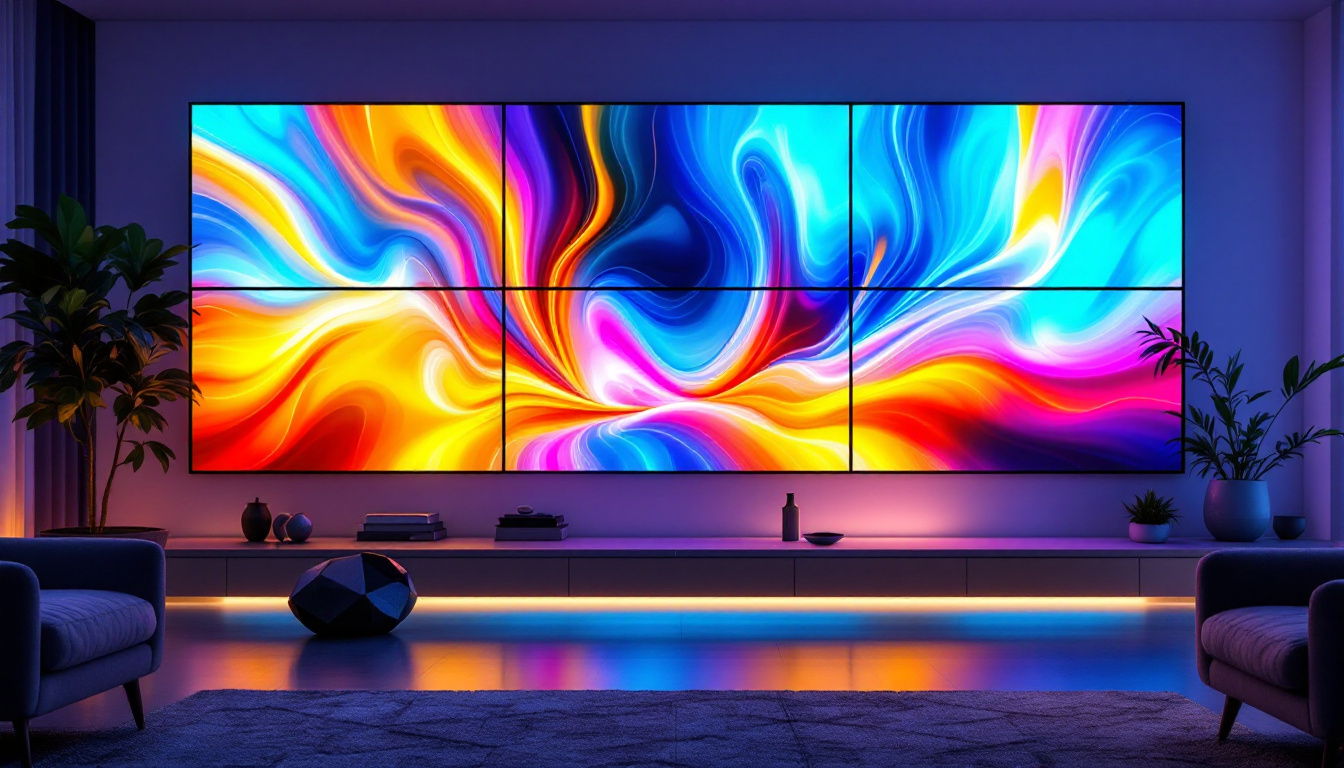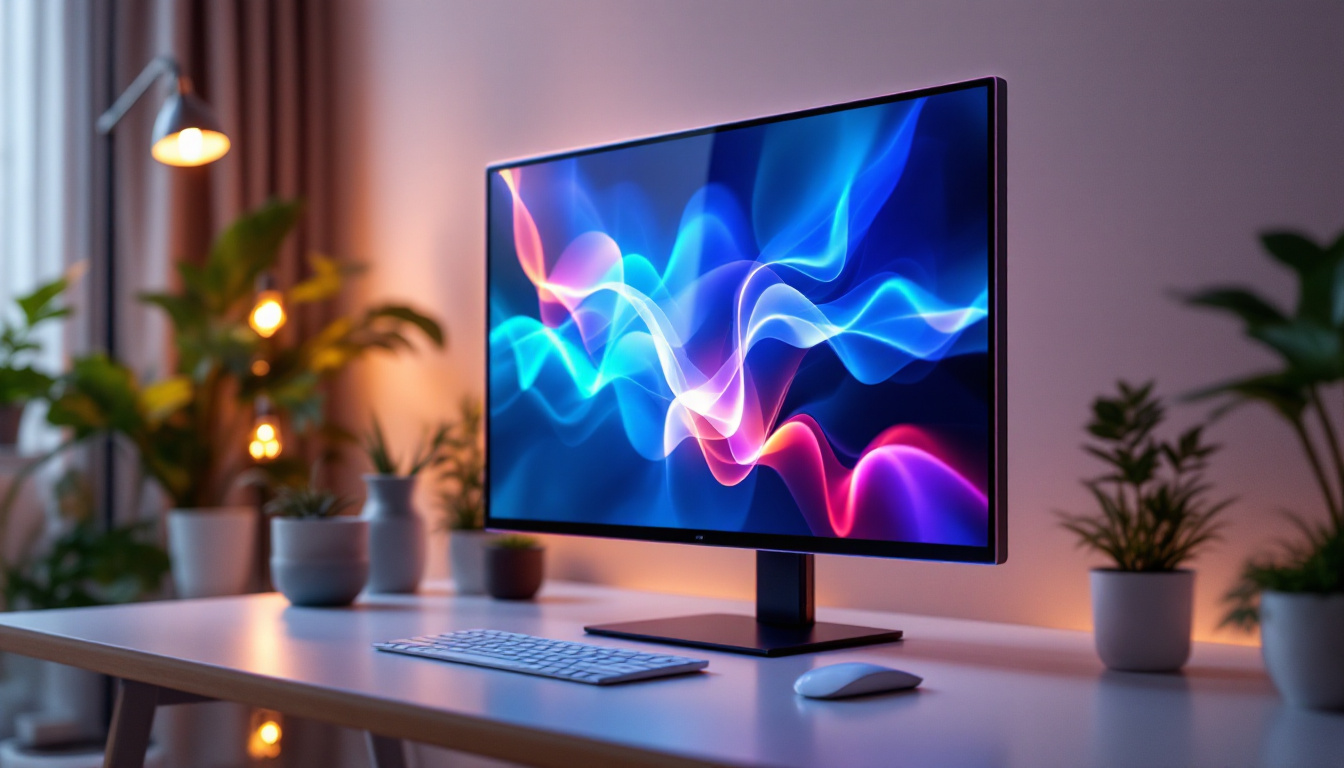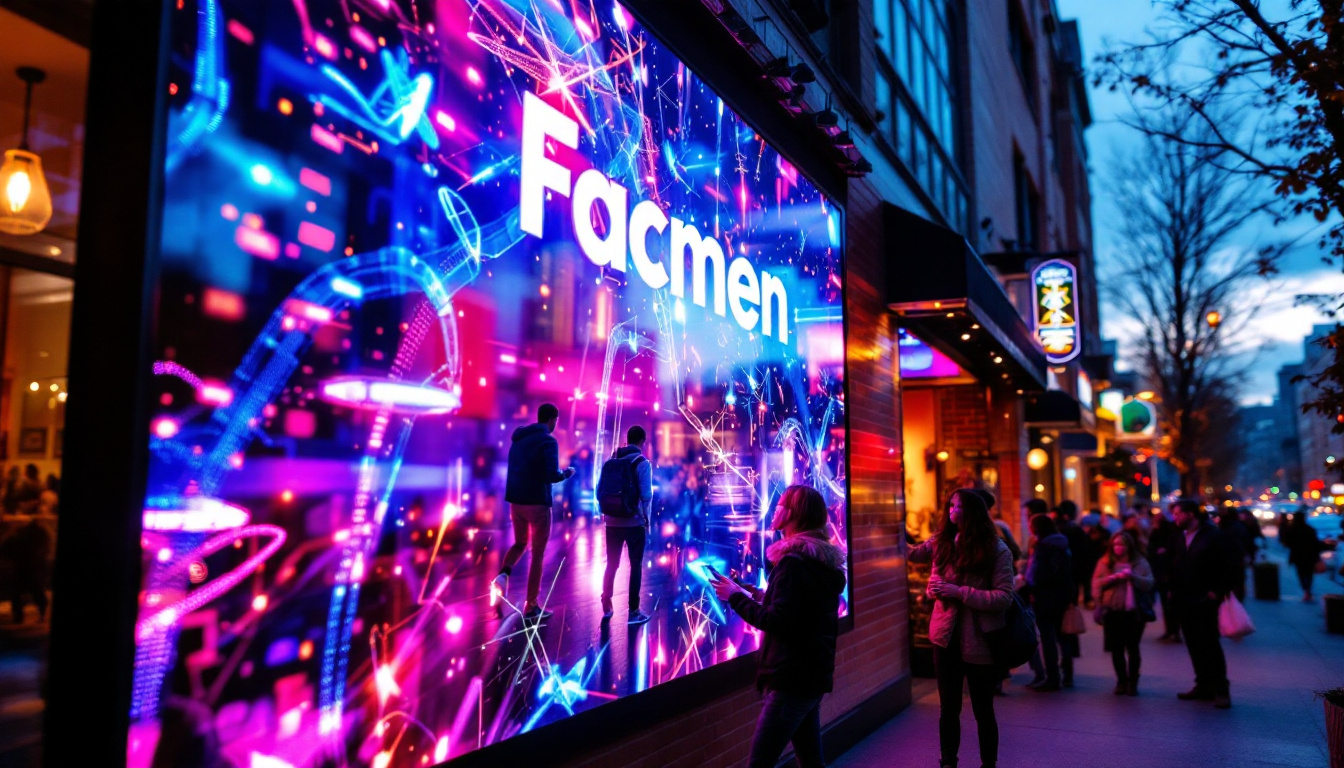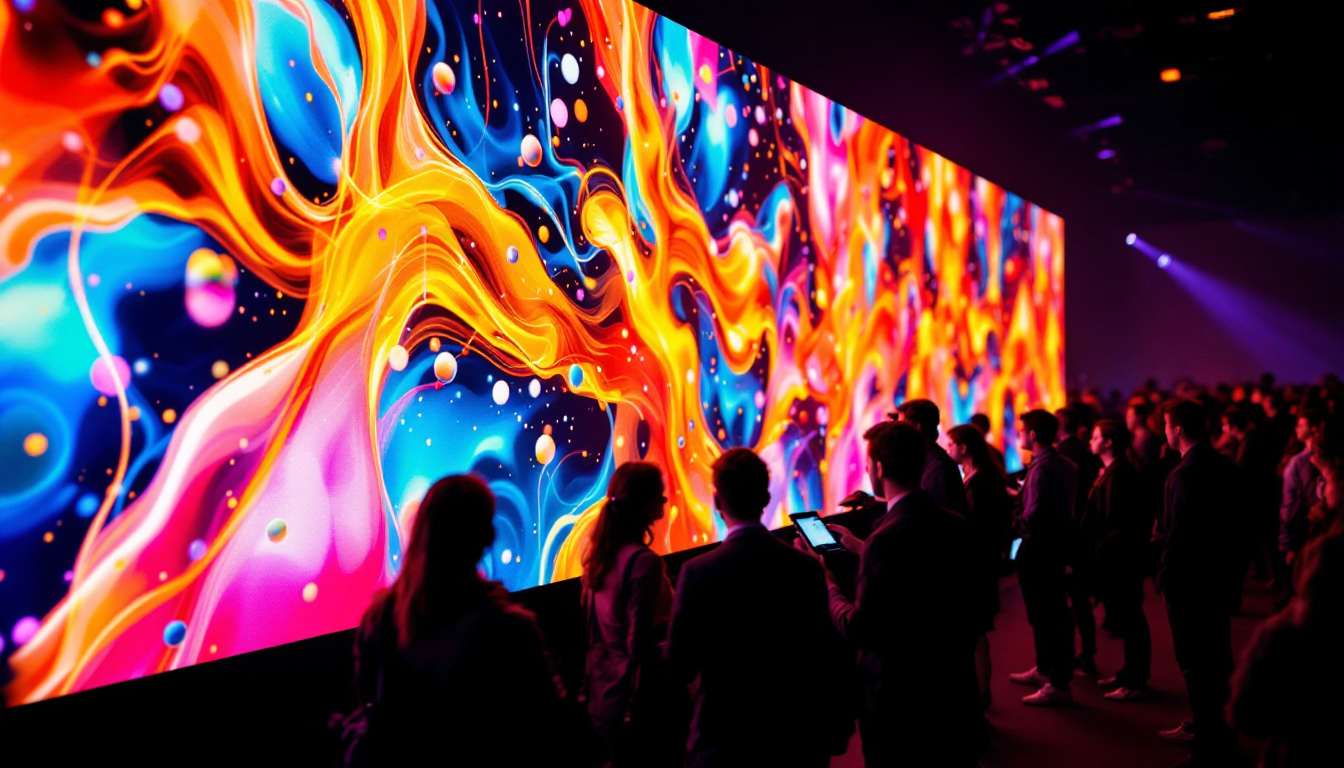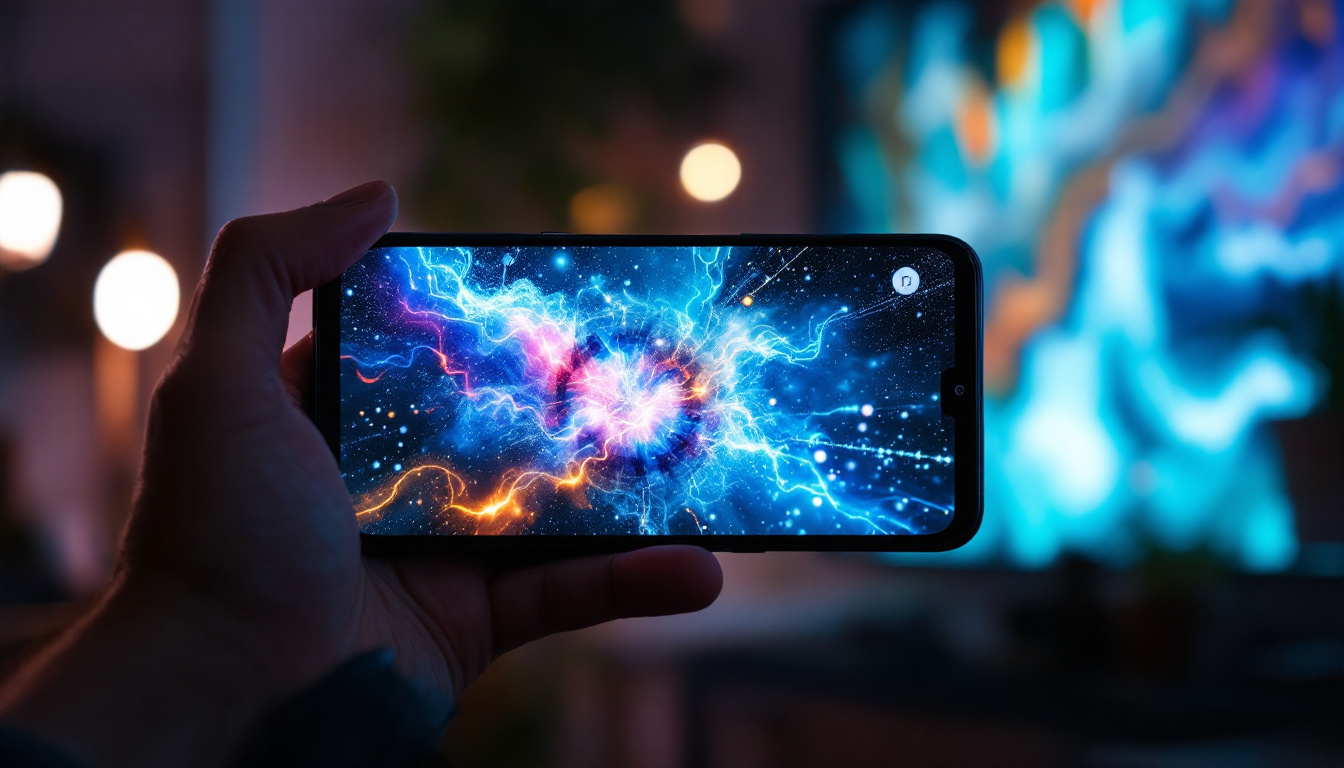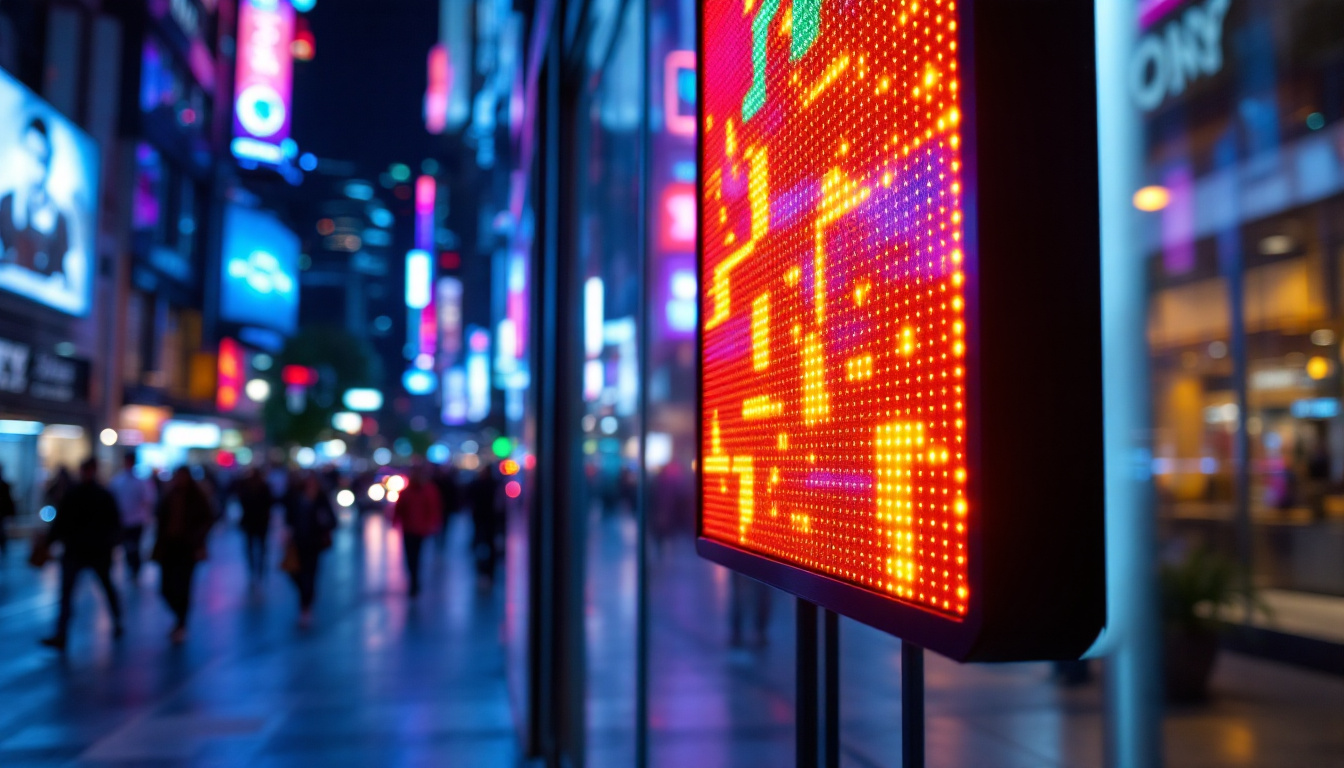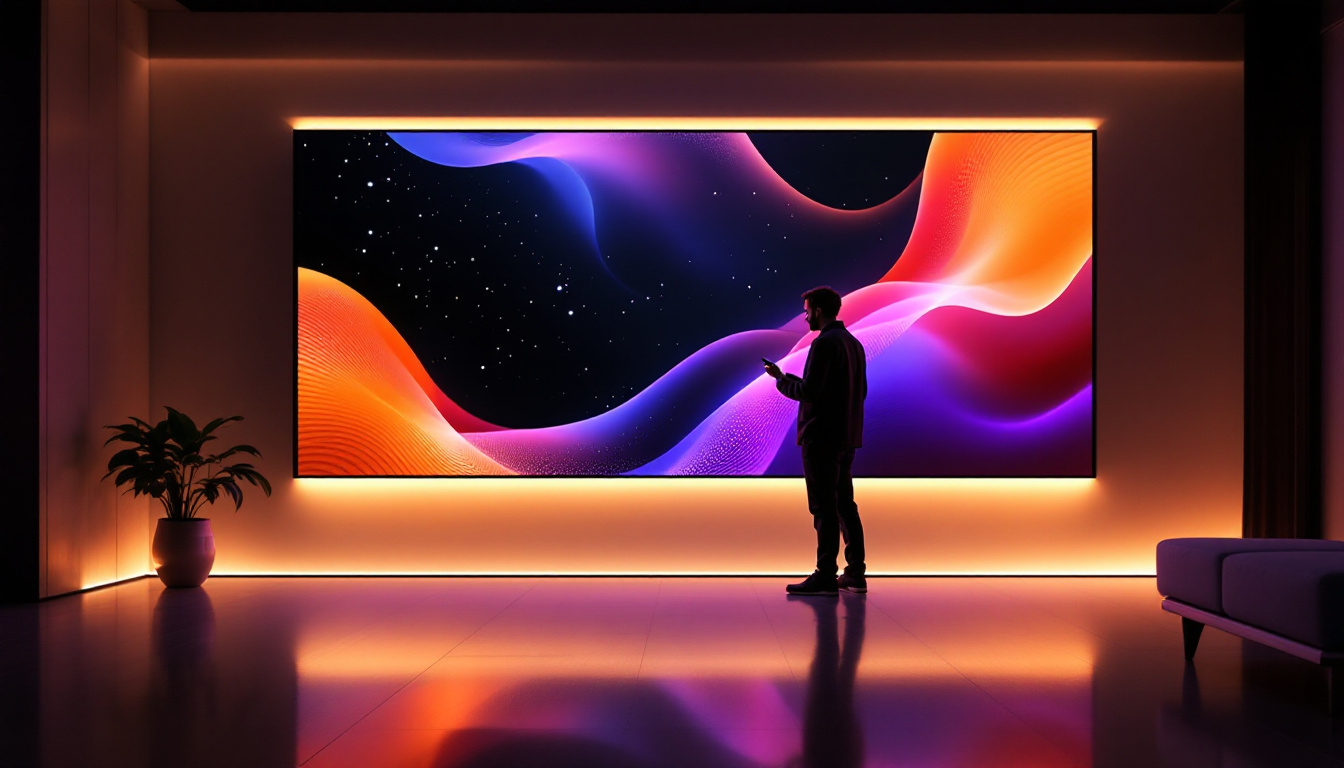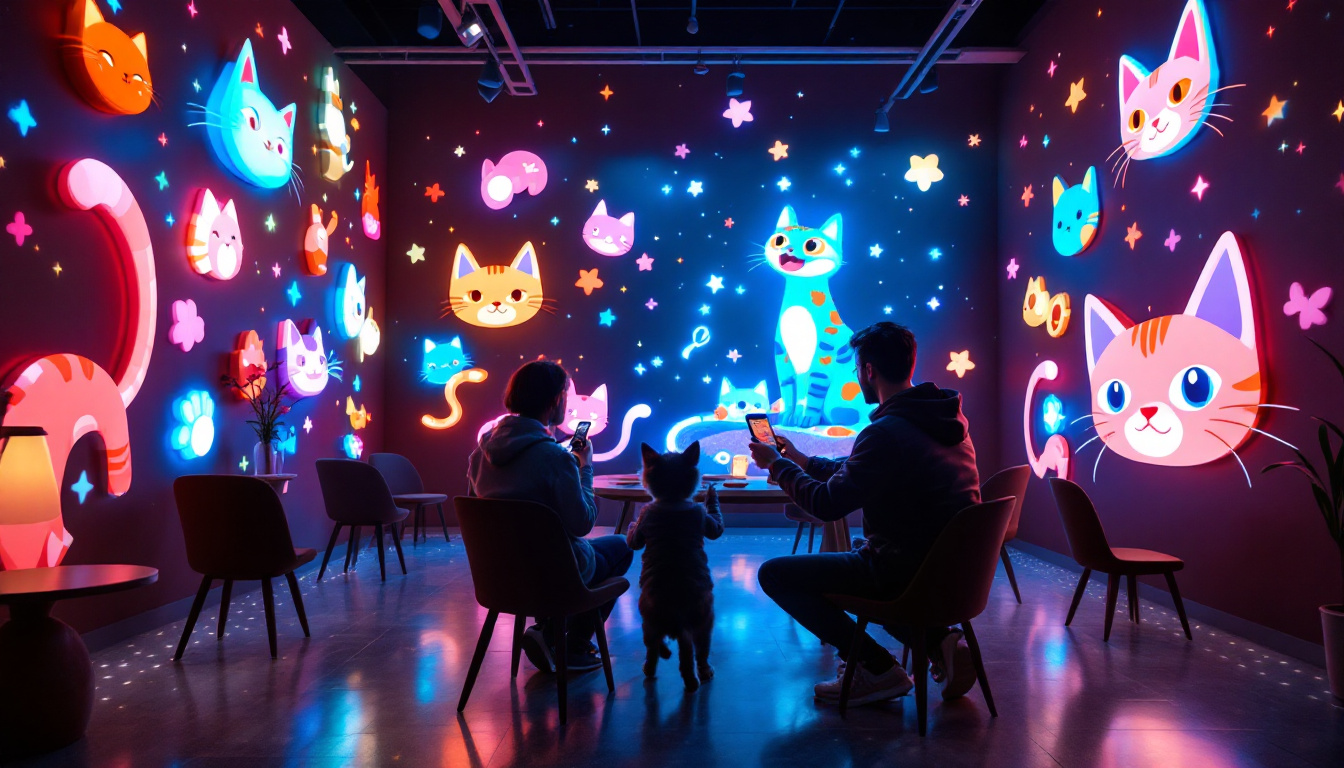In today’s digital landscape, video walls have emerged as a powerful tool for communication, marketing, and entertainment. These expansive displays, often composed of multiple screens, can deliver stunning visuals and dynamic content. However, the effectiveness of a video wall largely depends on the software that drives it. This article delves into the intricacies of video wall software, particularly in the context of LED displays, and explores how it enhances the overall experience.
Understanding Video Walls
Video walls are large displays made up of multiple screens arranged in a grid-like pattern. They are commonly used in various settings, including corporate environments, retail spaces, public venues, and events. The primary purpose of a video wall is to create an immersive visual experience that captures the attention of viewers.
Components of a Video Wall
A video wall consists of several key components, including the display screens, video wall processors, and the software that manages content. Each component plays a crucial role in ensuring that the final output is seamless and visually appealing.
The display screens, often LED panels, are designed to work together to create a cohesive image. The video wall processor is responsible for managing the input signals and distributing them across the screens. Finally, the software is what allows users to control the content, layout, and functionality of the video wall. Advanced software solutions also offer features like real-time data integration, enabling users to display dynamic content such as social media feeds, live news updates, or even interactive presentations, enhancing viewer engagement.
Types of Video Walls
Video walls can be categorized based on their technology and application. The two most common types are LCD and LED video walls. LCD video walls use liquid crystal display technology, while LED video walls utilize light-emitting diodes. Each type has its advantages and disadvantages, making them suitable for different environments and use cases.
LED video walls are particularly popular due to their vibrant colors, high brightness, and ability to be viewed from a distance. They are often used in outdoor settings and large venues where visibility is crucial. On the other hand, LCD video walls are typically used in indoor environments where space is limited and image quality is paramount. Additionally, advancements in LCD technology have led to the development of ultra-narrow bezel displays, which minimize the gap between screens, creating a more unified image. This feature is especially important in environments such as control rooms or broadcast studios, where clarity and precision are essential.
Another emerging trend in video wall technology is the use of 3D holographic displays, which offer a unique way to present content that appears to float in mid-air. This innovative approach can captivate audiences in ways traditional video walls cannot, making it an exciting option for exhibitions, trade shows, and high-end retail environments. As technology continues to evolve, the possibilities for video walls expand, allowing for even more creative and engaging applications in various industries.
The Role of Video Wall Software
Video wall software is the backbone of any video wall system. It provides the tools necessary for content management, display configuration, and real-time interaction. The right software can significantly enhance the functionality and versatility of a video wall, allowing for a wide range of applications.
Content Management
One of the primary functions of video wall software is content management. Users can easily upload, schedule, and display various types of content, including images, videos, and live feeds. This flexibility allows businesses to tailor their messaging and engage their audience effectively.
Advanced software solutions offer features such as drag-and-drop interfaces, which simplify the process of arranging content on the video wall. Users can create custom layouts, ensuring that the most important information is prominently displayed. Additionally, many software options support multiple content sources, enabling seamless integration of live data and social media feeds.
Display Configuration
Configuring a video wall can be a complex task, especially when dealing with multiple screens. Video wall software simplifies this process by providing intuitive tools for adjusting screen settings, including brightness, contrast, and color calibration. This ensures that all screens display a uniform image, creating a polished and professional appearance.
Moreover, software can facilitate the setup of different display modes, such as single large images, video playback, or a combination of various content types. This versatility allows users to adapt their video wall to different scenarios, from presentations to advertising campaigns.
Real-Time Interaction
Modern video wall software often includes interactive features that enhance viewer engagement. Touchscreen capabilities, for instance, allow users to interact with the content displayed on the video wall, making it an effective tool for exhibitions and trade shows. Interactive elements can include quizzes, polls, and product demonstrations, providing a unique experience for the audience.
Furthermore, some software solutions integrate with mobile applications, enabling users to control the video wall remotely. This functionality is particularly useful for events, where quick adjustments may be necessary to respond to audience feedback or changing conditions.
Key Features to Look for in Video Wall Software
When selecting video wall software, it is essential to consider several key features that can enhance the overall experience. These features can vary significantly between different software solutions, so understanding what to look for can help in making an informed decision.
Scalability
Scalability is a crucial aspect of video wall software, especially for organizations that plan to expand their video wall systems in the future. The software should be able to support additional screens and content sources without compromising performance. This flexibility ensures that businesses can grow their video wall capabilities as needed.
User-Friendly Interface
A user-friendly interface is vital for effective content management and display configuration. The software should be intuitive, allowing users of all skill levels to navigate its features easily. Look for software that offers tutorials, customer support, and community forums to assist users in maximizing the software’s potential.
Integration Capabilities
Integration capabilities are essential for ensuring that the video wall software can work seamlessly with other systems and applications. This includes compatibility with content management systems, social media platforms, and live data feeds. The ability to integrate various content sources enhances the versatility of the video wall and allows for dynamic content delivery.
Applications of Video Walls
Video walls have a wide range of applications across different industries. Their versatility makes them suitable for various environments, from corporate offices to entertainment venues. Understanding these applications can help organizations leverage video walls effectively.
Corporate Environments
In corporate settings, video walls are often used for presentations, meetings, and internal communications. They can display important data, company announcements, and real-time analytics, ensuring that employees are informed and engaged. Additionally, video walls can enhance the aesthetics of an office space, creating a modern and innovative atmosphere.
Retail Spaces
Retailers utilize video walls to attract customers and promote products. Dynamic displays can showcase advertisements, product information, and promotional offers, capturing the attention of shoppers. Moreover, interactive video walls can enhance the shopping experience by allowing customers to explore products and access additional information at their fingertips.
Public Venues and Events
Public venues, such as stadiums, concert halls, and trade shows, often feature video walls to enhance the audience experience. These displays can provide live event coverage, highlight sponsors, and engage attendees with interactive content. The ability to display high-quality visuals in real-time makes video walls an essential tool for any large-scale event.
Challenges in Video Wall Implementation
While video walls offer numerous benefits, implementing them can present challenges. Understanding these challenges is crucial for successful deployment and operation.
Cost Considerations
The initial investment for a video wall system can be significant. Costs include the displays, processing equipment, and software. Organizations must weigh the potential return on investment against these costs. However, with careful planning and a clear understanding of the benefits, many find that video walls are a worthwhile investment.
Technical Expertise
Operating a video wall system requires a certain level of technical expertise. Organizations may need to train staff or hire specialists to manage the software and hardware components effectively. This can add to the overall cost and complexity of the implementation process.
Maintenance and Upkeep
Regular maintenance is essential for ensuring the longevity and performance of a video wall. This includes calibrating displays, updating software, and troubleshooting technical issues. Organizations should establish a maintenance plan to address these needs proactively.
The Future of Video Wall Technology
The future of video wall technology looks promising, with advancements in display technology, software capabilities, and integration options. As businesses continue to seek innovative ways to engage their audiences, video walls will play an increasingly vital role.
Emerging Technologies
Emerging technologies, such as augmented reality (AR) and virtual reality (VR), are beginning to intersect with video wall applications. These technologies can create immersive experiences that captivate audiences and enhance storytelling. As AR and VR continue to evolve, their integration with video walls will likely become more prevalent.
Enhanced Interactivity
Future video wall software will likely focus on enhancing interactivity. As user engagement becomes increasingly important, software developers will explore new ways to allow audiences to interact with content. This could include gesture control, voice commands, and personalized experiences based on user preferences.
Conclusion
Video wall software is a critical component of any LED display system, enabling organizations to deliver dynamic and engaging content. By understanding the features, applications, and challenges associated with video walls, businesses can make informed decisions that maximize their investment. As technology continues to advance, the potential for video walls will only grow, offering exciting opportunities for communication and engagement.
In a world where visual communication is paramount, video walls stand out as a powerful medium. With the right software, organizations can transform their messaging and create unforgettable experiences for their audiences.
Discover LumenMatrix’s Innovative LED Display Solutions
Ready to elevate your visual communication strategy with a state-of-the-art video wall? LumenMatrix specializes in a vast array of LED display modules designed to captivate and engage your audience. From vibrant Indoor and Outdoor LED Wall Displays to dynamic Vehicle and Sports LED Displays, our solutions are tailored to bring your brand’s message to life. Embrace the future of digital signage with our Custom, All-in-One, and Transparent LED Displays, each crafted to deliver unparalleled visual experiences. Check out LumenMatrix LED Display Solutions today and transform your space into a mesmerizing visual journey.

